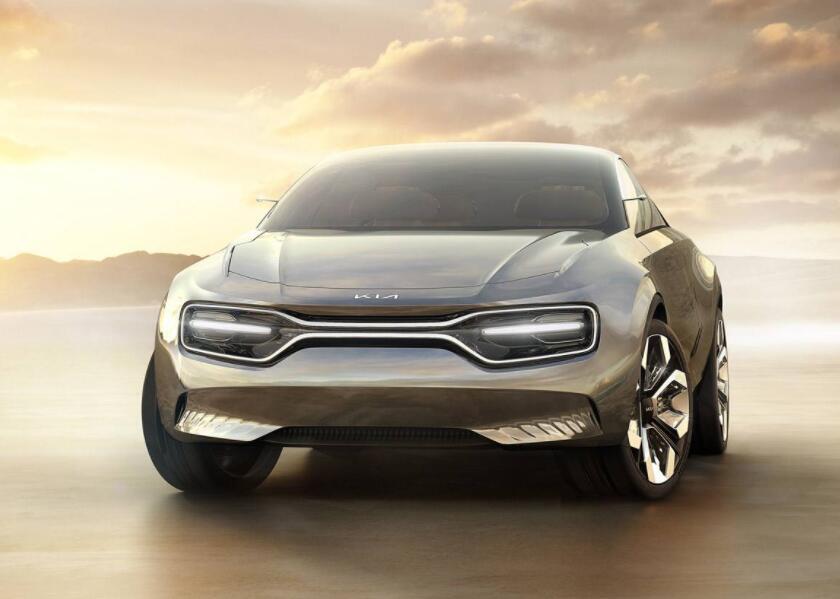How to choose automotive high-voltage connectors?

In the field of new energy automobile industry, high-voltage connectors are extremely important components, which are used in whole vehicles and charging facilities.
The role of the connector is very simple: to build a bridge of communication between the blocked or isolated circuits in the circuit, so that the current can flow and the circuit can realize the predetermined function.How to choose automotive high voltage connector?
The main application scenarios of high-voltage connectors on the whole vehicle are: DC, plumbing PTC chargers, air heating PTC, DC charging ports, power motors, high-voltage wiring harnesses, maintenance switches, inverters, power batteries, high-voltage boxes, electric air conditioners, and AC charging。 Mouth.
How to choose automotive high voltage connector?
Electric vehicles have very strict requirements on connector performance. High mating cycles, current-carrying capacity, CTI value, flame-retardant performance and vibration resistance are the key factors to be considered in the product development of enterprises. Moreover, the power demand of electric drive units of new energy vehicles is increasing. The working current and voltage put forward higher requirements. The traditional connection voltage is around 14V, while the voltage of the high-voltage connector of electric vehicles reaches 400-600V.
At the same time, the high-pressure connector sealing is generally required to reach at least IP67, and even IP6K9K is required in the selection of some special occasions in the car to ensure that the use requirements are met even during high-pressure washing.
Since new energy vehicles use a large number of power electronic devices, the electromagnetic field generated by high voltage and large current will cause electromagnetic interference to other communication equipment, and the whole vehicle and parts must have the ability to resist interference and radiation.
In the design of high-voltage electrical connection system, the connector is required to have a 360° shielding layer and effectively connect with the cable shielding layer. The shielding layer covers the entire length of the connector to ensure sufficient shielding function and minimize the resistance between the shielding interfaces. During the product life cycle, the shield connection contact resistance is <10mΩ.
Therefore, new energy vehicle high-voltage connectors need to use new materials with high temperature and high pressure resistance. At the same time, they are also higher than traditional automotive connectors in terms of sealing, shielding and waterproofing. They have higher requirements for flame retardancy and CTI value (Delphi The flame retardant is required to be at least V0 or more, CTI "600), so the cost is relatively higher than that of general industrial connectors. Currently, high-voltage connectors on the market mostly use high-performance PBT, PA, etc.
At present, there are no specific industry standards and national standards for new energy vehicle connectors, which leads to uneven product quality of high-voltage connectors. Generally large and medium-sized enterprises basically have their own production experience and standards, but there are also some workshop-type enterprises who fight for the market at a price, and the quality is difficult to guarantee. This will cause some quality and safety risks in the selection and use of connectors.
In the electrical connection system, the quality of the connector is particularly important, which has become a crucial factor to ensure the safety and reliability of the electrical connection.
As far as the global connector market is concerned, the market concentration is relatively high, and it is basically occupied by the United States, Japan, Taiwan and other countries and regions. The world's top ten connector manufacturers account for more than 60%, and Tyco alone account for more than 20% the above.
Share to: